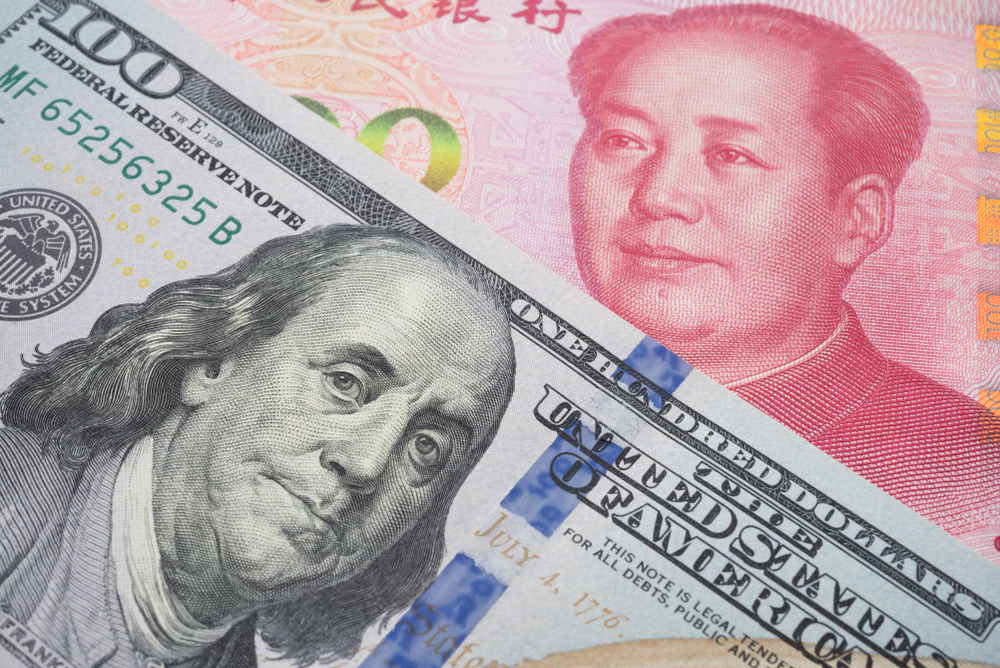
The US dollar appeared to be somewhat unsteady on its feet on Tuesday after it lost some of the ground it had gained the day before.
The currency surged ahead in its pair against the safe haven Japanese yen to its best position in two weeks at the start of the day.
However, these gains were later to be lost as the currency dropped back down following renewed pessimism about the much-discussed US-China trade deal, which still has not materialised.
Despite this, a three-way conversation between senior figures from the two countries appeared to at least be keeping talks on the cards.
Robert Lighthizer, who is the US trade representative, and Treasury Secretary Steven Mnuchin both spoke with Liu He, who is the vice premier of China.
It was agreed that they would carry on discussing the outstanding concerns – although one report in a Chinese state-run newspaper said that a trade deal could be close at hand.
There was also a report which suggested that the two US negotiators had been asked to visit Beijing in person to continue with talks.
In the mid-term, the key issue looks like it will be whether or not a trade deal can be confirmed prior to the next scheduled tariff imposition.
This is due on 15th December of this year, which is the date on which the US is expected to add 15% to a range of imported Chinese items – worth $160bn.
With no firm or concrete commitments in regard to a deal, however, the US dollar lost some of the earlier gains it made in its pair with the yen.
It was spotted at 108.96 at one stage – although this was lower than its previous position of 109.205, which was the best performance for the currency since mid-November.
The Chinese yuan also suffered due to the ongoing developments.
It too made gains and then lost them as trading got properly underway.
It was seen at 7.0335 at one point in its pair against the US dollar, although it had previously experienced a weekly high of 7.0181.
There is an expectation that the Thanksgiving holiday in the US will be crucial for the markets, and that it could cause a slowdown.
In its pair with the dollar, the single European currency was steady at $1.1016.
It is, however, in a low range here, and its current position is not far from the $1.1004 mark it saw last week.
The currency has had to contend with a range of negative economic data releases in recent days.
One such release suggested that business growth across the bloc had come close to a standstill – a development which is not likely to be interpreted positively by traders.
Overall, the euro has dropped by one and a half percentage points over the course of November.
However, some good news may be on the cards.
Business morale in Germany, which is the largest economy in Europe, was revealed to have gone up a little this month.
 Between 74-89% of CFD traders lose
Between 74-89% of CFD traders lose  Your capital is at risk
Your capital is at risk  Your capital is at risk
Your capital is at risk  Your capital is at risk
Your capital is at risk